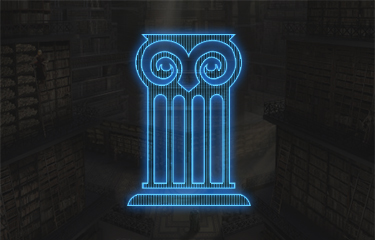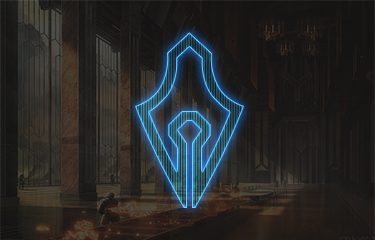Shadow Academy

Dark Brotherhood Fundamentals
The courses within this department focus on the fundamentals necessary to understand how the Brotherhood works, how to connect and engage with its members and how to participate in its basic activities and competitions. If you're a new member, you'll definitely want to start here!

Department of Brotherhood Studies
The Department of Brotherhood Studies covers the Brotherhood's unique lore, setting, and history.

Department of Galactic Studies
Courses in the Department of Galactic Studies cover the Star Wars setting and how the Brotherhood interacts with it through Possessions, the Character Sheet system, and our lore.

Department of Leadership, Law, and Communication
The courses in this department will focus on the skills necessary to succeed as a leader in the Brotherhood as well as introducing members to the Covenant. It also contains courses on the various methods of communication that the DB uses.

Department of Legends
The courses in the Department of Legends contain Star Wars and Dark Jedi Brotherhood lore that is no longer considered "canon." These courses award academic credit and may count towards degree progress, but should not be relied upon for accurate, modern information. Enjoy a glimpse of the past.

Department of Writing
The courses in this department will introduce you to all aspects of writing within the Dark Brotherhood.